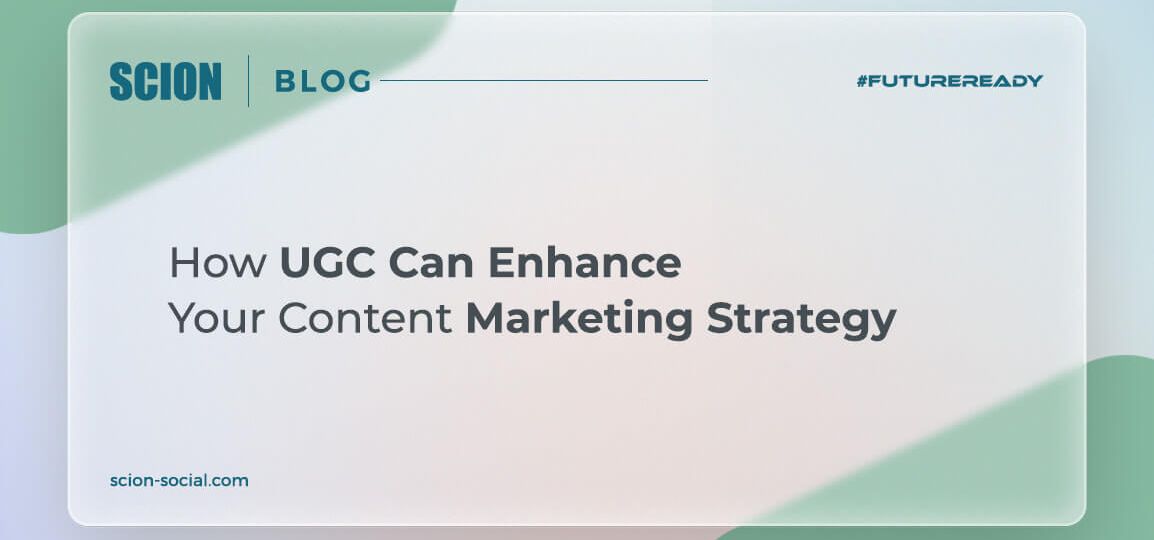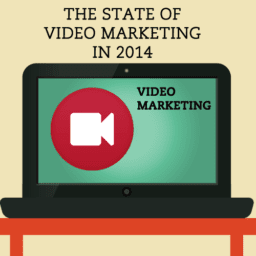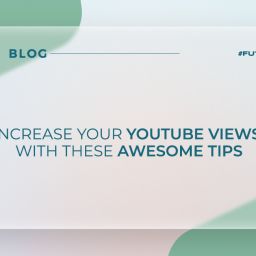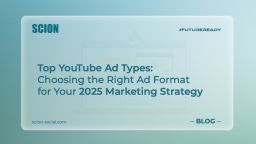
What Is UGC and Why Do You Need It
You must have seen the benefits of UGC hailed in many digital marketing spaces in recent times. If you are wondering exactly what UGC is and where it fits in your digital content marketing strategy, here is all the information you need to make a decision and get started.
UGC stands for User-generated Content and is also referred to as UCC or User-created Content. As the name suggests, UGC is the content written, developed, and posted by users and not the brand.
It is unpaid and unsolicited content created solely by the users to share their experiences and, sometimes, to gain recognition in the community. Some prime examples of UGC are Tweets, reviews, images of using or buying a product, and recommendation videos that are extremely popular on social channels like YouTube.
Types of User-generated Content
Many types of UGCs get created and shared by users. A few of the popular forms are:
Reviews: A review can be for anything – a movie, product, destination, or even a new ad campaign by a brand. It can also be in many formats like a text review, which you may find under a product listed on an eCommerce site like Amazon, or a review video where a user showcases a creation by putting it in use, such as a makeup tips video.
Platforms like TripAdvisor have built a robust business based on user-generated reviews and opinions. So much so that it is now almost impossible to imagine booking a hotel without checking its TripAdvisor rating first.
Videos: More and more users are choosing to share their recommendations in video format where they ‘unbox’ or use a product and describe its features and ease-of-use quotient. Such videos by actual users are said to have been viewed ten times more than the brands’ official marketing videos.
Another popular type of video content is video testimonials. Many top brands request their users to send testimonials which they can then use in their campaigns along with relevant images or videos if needed. Such direct collaboration between the brand and the consumer is extremely effective from a storytelling and engagement perspective as is evident in this example.
Photos and posts: This is probably the most common type of UGC, mostly seen as social media posts, where people share pictures of the places they have been, the food they are enjoying, and the activities they are participating in at a given point. Many destinations and companies have seen their business go up and down based on a favorable or unfavorable post, respectively. These posts are slightly different from reviews, as instead of highlighting any noticeable features, the focus is on describing the person’s experience.
Advantages of Including User-generated Content in Your Digital Marketing Strategy
There are several benefits of giving space to UGC in your content marketing strategy, which include, but are not limited to, the following points:
Increased User Engagement: Today almost all top brands rely on their consumers to drive engagement with the brand. In fact, more than 80% of video views related to top brands like Apple, Lego, BMW, and Coca-Cola, among others, were user-generated, according to Octoly.
Consumers today rely more on their peers to review a product and share their experience as they are much more relatable than the Big Brand telling people how awesome it is and why they should choose it.
Improved Brand Authenticity: The authenticity factor associated with each brand’s marketing speak is directly connected to relatability. Consumers are used to brands making tall claims about their products’ usability, effectiveness, or coolness factor. When other users substantiate these claims, the authenticity and trustworthiness of the brand automatically go up. This label of authenticity makes any future offerings by the brand automatically gain an edge over the competition in the market space.
Diversification of Content: Content is king in today’s digital marketing space. Any successful content marketing strategy calls for building a library of diverse, relatable, and engaging content that can be recycled or repurposed as and when needed. By encouraging users to contribute to your UGC strategy, you can include a much wider variety of brand content into your digital marketing arsenal than content generated by your marketing teams.
Better Conversions and Increase in Sales: When a brand has better engagement and a trustworthy and reliable reputation, its consumer base increases automatically due to higher conversion rates. When consumers see people like them buying the brand’s products, they feel that they too can trust the brand. Brands supported by their community with UGC see their revenues go up.
Developing a Robust User-generated Content Strategy to Support Your Content Marketing
Now that we have established the importance of including UGC in content marketing strategy, it is also important to note that simply waiting for good quality UGC to come your way will not make it happen. You must develop and apply a strategy suitable for your target audience to encourage quality, user-driven content generation.
This area is where a significant gap in the market is visible. Since brands do not want to alienate their consumer base, they simply do not offer directions to their users about how to develop creative, engaging content that they will be willing to feature as a part of their marketing plan. As per a survey, only 16% of brands do so, whereas 53% of consumers prefer to have some guidelines about content creation.
An effective UGC strategy would include a good understanding of the consumer base, guidelines about content creation, willingness to be flexible and understanding while engaging with users, and giving the creators what they want in return – acknowledgment, recognition, freebies, or any other suitable measure.
Getting Started with User-generated Content Strategy
With more than 85% of consumers declaring that they are influenced by UGC more than any brand-generated content, it is time to give UGC a seat on your digital marketing strategy table and not look at it as something that makes a guest appearance once in a while.
- Get to know your user base – what drives them and what they want from their favorite brand.
- Acknowledge the support of your consumers and content creators.
- Identify the influencers, as they are the early adopters of your offerings, and they can bring in their friends and other consumers by spreading the word.
- Build a community by investing in creating a shared space for your consumer base to come in and connect and where they can feel included, seen, and united by their shared passion.
- Run relevant contests as they are a great way to engage users and encourage them to share their experiences. For example, a fitness brand runs a fitness metric measuring contest (steps taken in a day, miles walked over a period, number of hours of workout). Such a contest is a great way to unite and expand its consumer base.
- Treat your users with respect and give them their due. Nothing keeps your users engaged more than a brand that respects them and gives them credit for their content.









